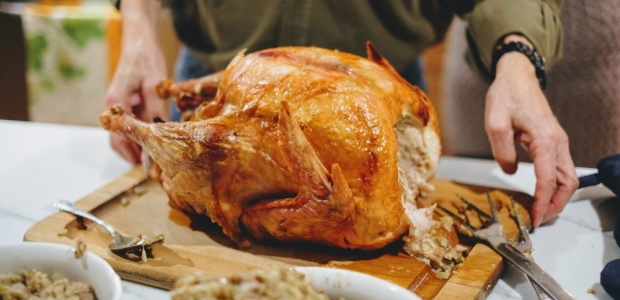
Think You Know Your Turkeys?
Both the U.S. Fish and Wildlife Service and Smithsonian.com offer more than a mouthful of details about the birds.
Authorities dispute some of the lore about turkeys, but they agree that Americans may not know as much about the birds that many of them consume each Thanksgiving Day as they should. The U.S. Fish and Wildlife Service posted fun facts about wild turkeys earlier this month, and Smithsonian.com's "14 fun facts about turkeys" post featured more useful information, some of it conflicting with the USFW data.
Both offered more than a mouthful of details about the birds.
Sounds: Turkeys make all kinds of sounds: fly-down or fly-up cackle; kee kee run; excited yelp, and more, according to USFW, which included a link to the National Wild Turkey Federation's page of wild turkey sounds.
Gender: The two sources agreed that a turkey's droppings tell its sex and age.
Plumage: An adult turkey has 5,000 to 6,000 feathers on its body, USFW reported.
Speed: USFW said turkeys "can clock more than 12 miles per hour, beating chickens by three miles per hour. But Smithsonian.com contends they can run up to 25 miles per hour and fly as fast as 55 miles per hour.
Symbolism: The Fish and Wildlife post says Ben Franklin thought the wild turkey "would make a better national symbol." The post on Smithsonian.com, however, tells us that "Benjamin Franklin never proposed the turkey as a symbol for America, but he did once praise it as being 'a much more respectable bird' than the bald eagle.
One more thing, from USDA: Its Meat and Poultry Hotline, 1-888-MPHotline, will be open and taking calls from 8 a.m. to 2 p.m. Eastern time on Thanksgiving day this year. The hotline, a free service launched on July 1, 1985, receives more than 80,000 calls a year asking questions about food safety.